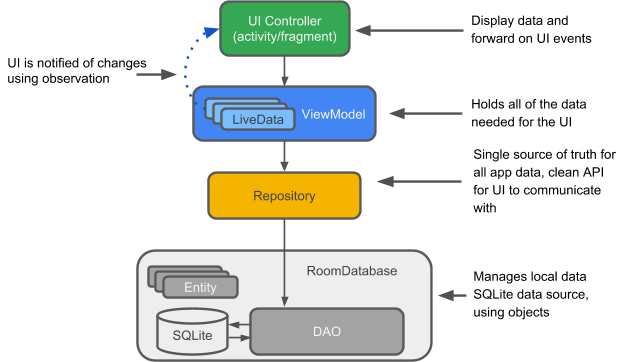

In the next step we list all tables of the main (default) database: sqlite>. You see the database we just opened is now called main. databasesĠ main /home/bytecommander/.mozilla/firefox/fault/styl databases command (file name is truncated because it's so long): sqlite>. You can now see the list of loaded databases using the. Note that Tab completion works here and will help you to enter the path to your database file. open "/home/bytecommander/.mozilla/firefox/fault/stylish.sqlite"

Enter this to the sqlite> prompt (again using the same Firefox add-on database as above, you will type a different path of course). The first thing you must do now is to open the database file. Then you get an interactive SQLite3 command prompt, like this: $ sqlite3 -column -header
LOCAL SQLITE DATABASE INSTALL
You install sqlite3 using the command sudo apt install sqlite3Īnd then run it with the following command ( -column and -header option for better readability of the output, see man sqlite3 for more info): sqlite3 -column -header This method requires you to know at least a basic set of SQL commands and is better suited for advanced users or if you need to parse the output in a script. Of course you can also do this from the command-line, using e.g. You select which table to display in the "Table:" combobox. I already switched to the Browse Data tab on the left panel, where you can view the database table contents now. It will then display something like this (here displaying the database of a Firefox add-on for applying user styles):

In the main window you can click Open database to open your *.sqlite file. You can install it with the command sudo apt install sqlitebrowserĪnd run it from the launcher/dash/application menu or using the command sqlitebrowser It offers you to easily explore a database without having to know SQL commands. Let's start with the more user-friendly way and use the GUI tool sqlitebrowser.


 0 kommentar(er)
0 kommentar(er)
